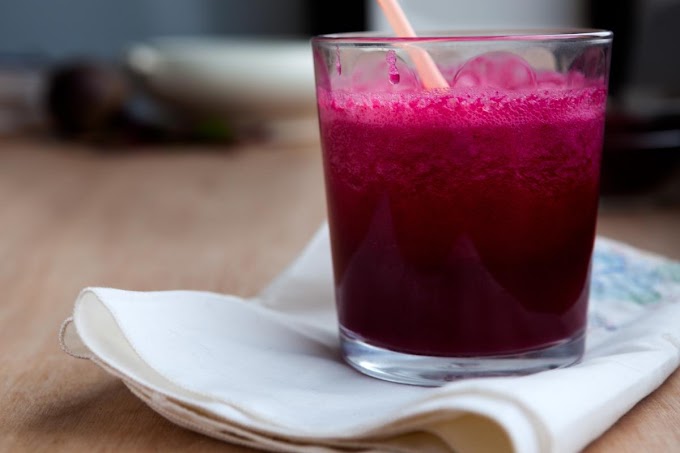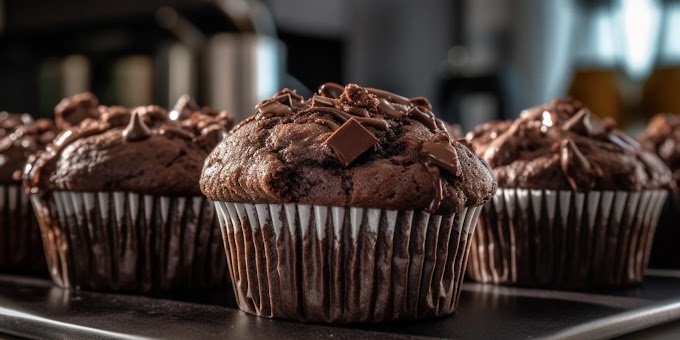What is Shahi Tukda?
Shahi Tukda, which translates to "royal piece," has its origins in Mughlai cuisine and is believed to have been popular in the royal courts of India, especially during the reign of the Mughals. It's a decadent dessert made with fried bread slices that are soaked in flavored sugar syrup and topped with a thick layer of sweetened, spiced milk called rabri. The dish is usually garnished with almonds, pistachios, and sometimes saffron.
The beauty of Shahi Tukda lies in its contrasting textures: the crispness of the fried bread, the creaminess of the rabri, and the crunch of the nuts. While this dessert is undeniably delicious, the traditional recipe can be heavy on sugar, making it less suitable for those looking to reduce their sugar intake. Fortunately, with a few tweaks, you can make a healthier version of this dessert.
How to Make Shahi Tukda with Less Sugar
Ingredients for a Healthier Shahi Tukda
Here are the ingredients you'll need to make this dessert at home, along with suggested healthier alternatives to reduce the sugar content:
For the Bread Base:
4 slices of white or whole wheat bread (for a healthier option, you can use whole grain or multi-grain bread).
2 tablespoons of ghee (clarified butter) for frying. Alternatively, you can shallow fry or toast the bread for a lighter version.
For the Rabri:
1 liter of whole milk or low-fat milk for a healthier option.
2 tablespoons of condensed milk (you can reduce the amount for less sugar, or use a sugar-free version).
1 teaspoon of cardamom powder.
A few strands of saffron soaked in warm milk.
1-2 tablespoons of natural sweeteners like honey, stevia, or monk fruit, depending on your preference.
For the Garnish:
2 tablespoons of slivered almonds.
2 tablespoons of pistachios, chopped.
A few rose petals (optional, for a decorative touch).
For the Sugar Syrup:
½ cup of water.
1 tablespoon of sugar (optional, you can replace this with honey or a sugar alternative like stevia).
2-3 cardamom pods, lightly crushed.
1 tablespoon of rose water or kewra water for flavor.
Step-by-Step Instructions
Step 1: Prepare the Rabri
Boil the Milk: In a heavy-bottomed pan, pour the milk and bring it to a boil. Once it starts to boil, reduce the heat to a simmer. Stir continuously to prevent the milk from sticking to the pan or burning.
Condense the Milk: Keep stirring and scraping the sides of the pan to incorporate the thickened milk back into the liquid. Continue this process until the milk reduces to about half its original quantity.
Add Sweeteners and Flavors: Once the milk has thickened, add the natural sweetener of your choice (honey, stevia, or monk fruit) and adjust according to your desired level of sweetness. Add the cardamom powder and the saffron strands soaked in warm milk. Stir well and let it simmer for a few more minutes.
Cool the Rabri: Once the rabri has reached the desired consistency, remove it from the heat and set it aside to cool. You can refrigerate it to thicken it further while you prepare the rest of the dish.
Step 2: Prepare the Bread
Cut the Bread: Take the bread slices and cut them into triangles or squares. You can trim the edges if you prefer a neater look, although the edges can add a nice crunch.
Fry or Toast the Bread: Traditionally, the bread is deep-fried in ghee, but for a healthier version, you can shallow fry it in just a tablespoon or two of ghee. Alternatively, you can toast the bread in the oven or on a non-stick pan with minimal ghee for a lower-calorie option.
Set the Bread Aside: Once the bread slices are golden brown and crispy, set them aside on a paper towel to absorb any excess ghee.
Step 3: Make the Sugar Syrup
Boil the Water: In a small pan, combine water and your choice of sweetener. If you're using sugar, reduce the quantity to just 1 tablespoon. Otherwise, add honey or a sugar substitute like stevia.
Flavor the Syrup: Add the cardamom pods and rose water or kewra water to infuse the syrup with a fragrant flavor. Boil the mixture for 3-4 minutes until slightly thickened, then set aside to cool.
Step 4: Assemble the Shahi Tukda
Soak the Bread: Dip each piece of fried or toasted bread into the sugar syrup briefly, just long enough for it to absorb the syrup without becoming soggy.
Layer the Bread: Arrange the syrup-soaked bread slices on a servingdish.
Top with Rabri: Pour the cooled rabri generously over the bread slices, ensuring each piece is well-covered.
Garnish: Sprinkle slivered almonds and chopped pistachios over the top. You can also add a few saffron strands or rose petals for an extra touch of elegance.
Step 5: Serve and Enjoy
Shahi Tukda can be served warm or chilled, depending on your preference. If you prefer a creamier texture, refrigerate the assembled dessert for a couple of hours before serving. The bread will soak up the rabri, making each bite a perfect balance of crispy, creamy, and nutty flavors.
Tips for Reducing Sugar Without Losing Flavor
Natural Sweeteners: Replacing sugar with natural sweeteners like honey, stevia, or monk fruit allows you to retain the sweetness without adding empty calories. Start with a small amount and adjust according to your taste.
Less Syrup: Traditional Shahi Tukda calls for a generous soaking of sugar syrup, but you can reduce the amount of syrup used. Simply brush the syrup onto the bread instead of fully submerging it.
Use Flavorful Ingredients: Spices like cardamom and saffron add a lot of flavor to the dish, reducing the need for extra sweetness. A dash of rose water or kewra can also enhance the flavor without adding sugar.
Portion Control: Shahi Tukda is a rich dessert, so serving smaller portions can help satisfy your sweet tooth without going overboard on sugar.
Conclusion
Making Shahi Tukda at home with less sugar is not only possible but also delicious. By using natural sweeteners and limiting the amount of sugar syrup, you can enjoy this royal dessert without the guilt. With the right balance of flavors, textures, and garnishes, this healthier version of Shahi Tukda will still impress your family and friends while keeping the sugar content in check.








Social Plugin